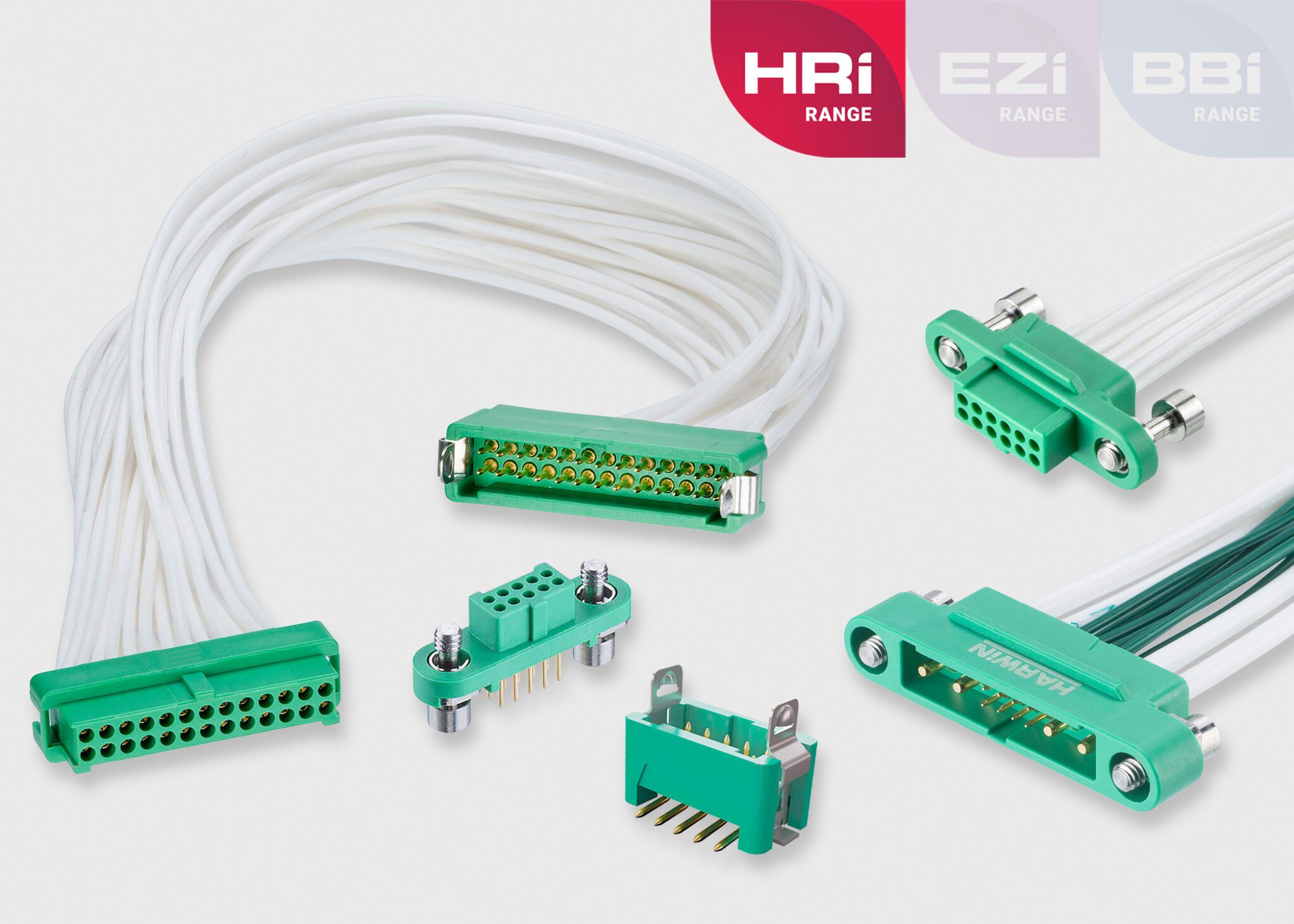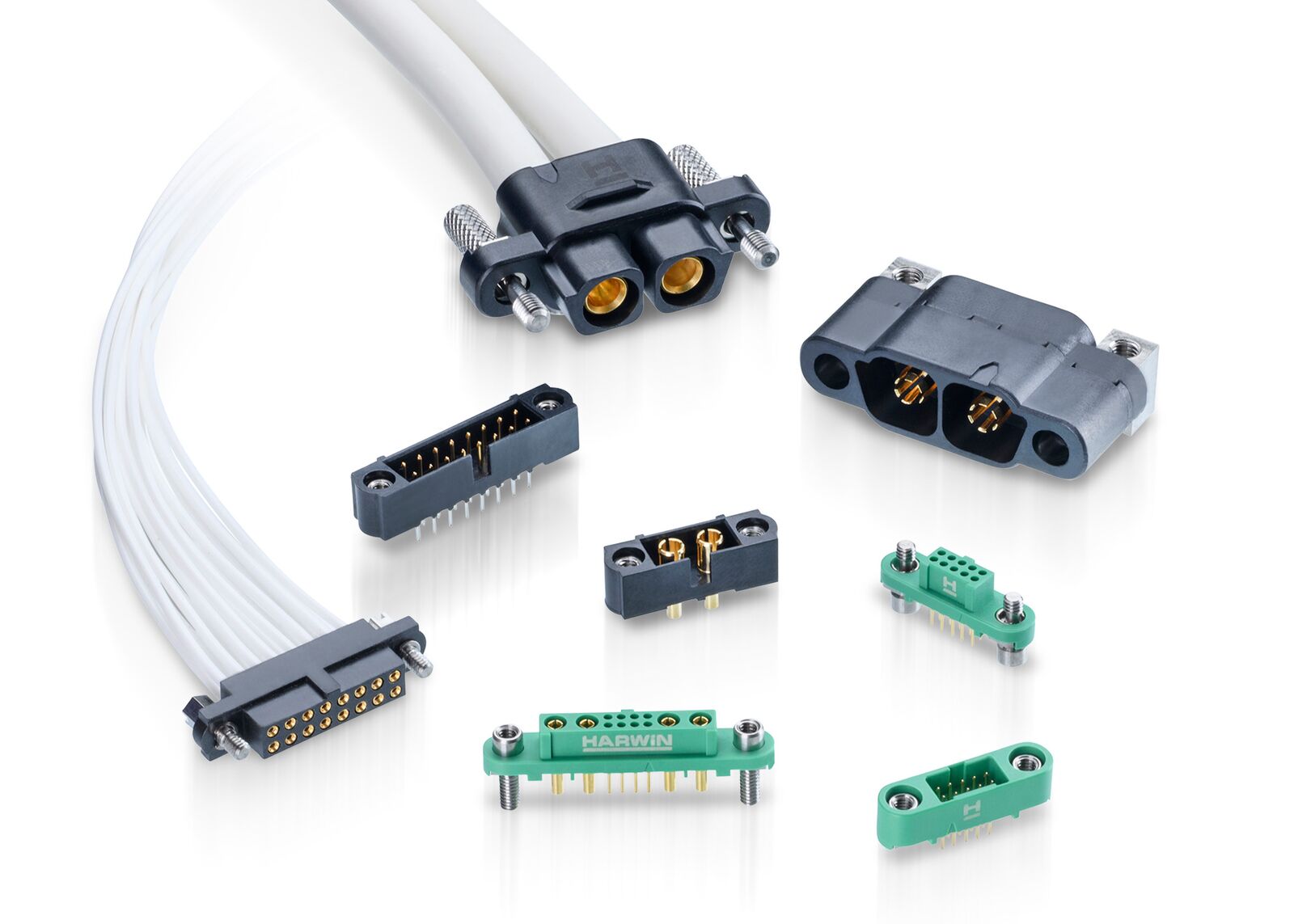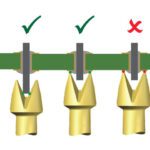Building Resilient Robotic Systems for Harsh Environments
High-reliability connectors and cable assemblies play a crucial role in ensuring the functionality and longevity of robotic systems and devices that operate in space, ocean, and downhole environments.

Developing robots for deployment in harsh and unforgiving environments, from the depths of the ocean to outer space and everywhere in between, presents a unique set of challenges for engineers. Ensuring the seamless operation of these robots under such harsh conditions demands a meticulous approach to designing every aspect of the system. Among the many critical components, high-reliability connectors and well-constructed cable assemblies guarantee operational success and minimize costly downtime.
The Lifeline of Robotic Functionality
At the core of every robotic system lies the need for power and data transmission. These fundamental requirements dictate the ability of the robot to perform its tasks, interact with its environment, and relay valuable information back to its operators. Power delivery or data transmission failure can have far-reaching consequences, ranging from compromised mission success to significant financial losses.
For a robot to move, its motors and actuators must receive a consistent and reliable power supply. Data transmission is equally crucial, enabling real-time communication between the robot and its operators. For example, instant communication is essential between operators and the robotic arm on a remotely operated vehicle (ROV) working in a minefield; a delay in the delivery of mapping information or image delivery could result in an explosion. Sensors embedded in the robot gather vital information about its surroundings, allowing it to adapt and respond appropriately. In scenarios where there are power delivery interruptions or communication delays, hardware failures can result in catastrophic outcomes.

Harwin’s Gecko line of high-reliability connectors is ideally suited for stacking and cable mating in areas where PCB real estate is at a premium.
This is where high-reliability connectors come into play. Unlike their standard counterparts, high-reliability connectors are carefully designed and rigorously tested to withstand extreme temperatures, from -55 °C to +125 °C. When mounted on, or close to, industrial drives, vibration is unavoidable and shock can cause momentary separation between contact mating faces, which may result in loss of data or control. Here, some form of locking mechanism, such as screw-locks or jackscrews, is recommended. In space, where vacuum brings out the worst in plastics, look for connectors with low outgassing properties.
For robotic applications that may be subject to regular firmware updates, diagnostic analysis, downloading captured data, or charging, connectors may require additional attributes such as elevated mating cycle durability. A shrouded housing design will protect the contacts from being damaged while unmated and help guide the connectors together during mating. In addition, polarization will prevent mismating.
High-quality cable assemblies that accompany these connectors are designed to maintain signal integrity even in the most hostile environments. Shielding against electromagnetic interference (EMI), temperature fluctuations, and physical stresses, these cable assemblies ensure power delivery and accurate and consistent data transmission, allowing robot operators to make informed decisions and execute precise maneuvers.

Harwin’s HRi range includes solutions for every critical application.
Mitigating Financial Impact and Mission Risk
The financial implications of connection failure in robotic systems can be substantial. Downtime caused when identifying faults and completing repairs leads to immediate operational losses and can disrupt entire projects and missions. In some cases, the remote or inaccessible nature of these environments can make repair nearly impossible, resulting in irreparable damage and lost investments.
Engineers can significantly reduce the likelihood of connection failures by selecting performant and highly reliable connectors. This proactive approach safeguards financial investment and enhances mission success rates.
Developing robots for deployment in harsh and extreme environments is a complex undertaking that demands unwavering attention to detail. Power delivery and data transmission are the lifelines of these robotic systems, enabling them to perform tasks and interact with their surroundings effectively. High-reliability connectors and well-constructed cable assemblies are essential, allowing us to explore, innovate, and communicate in some of the most demanding environments on Earth and beyond. Their robust design, innovative materials and rigorous testing make them an indispensable asset across various industries and will remain pivotal in pushing the boundaries of what robots can achieve.
To learn more about high-reliability connectivity solutions, visit Harwin.
Like this article? Check out our other How to Specify, Mil/Aero Market articles, and our 2023 Article Archives.
Subscribe to our weekly e-newsletters, follow us on LinkedIn, Twitter, and Facebook, and check out our eBook archives for more applicable, expert-informed connectivity content.
- Building Resilient Robotic Systems for Harsh Environments - September 19, 2023
- Specifying Space Connectors - July 11, 2023





